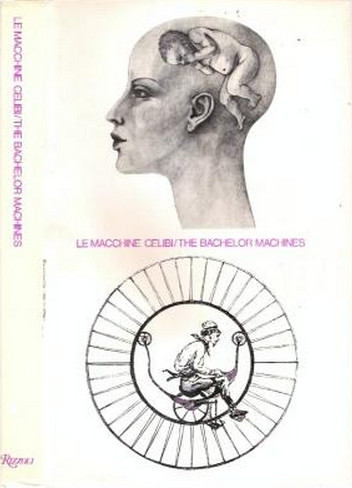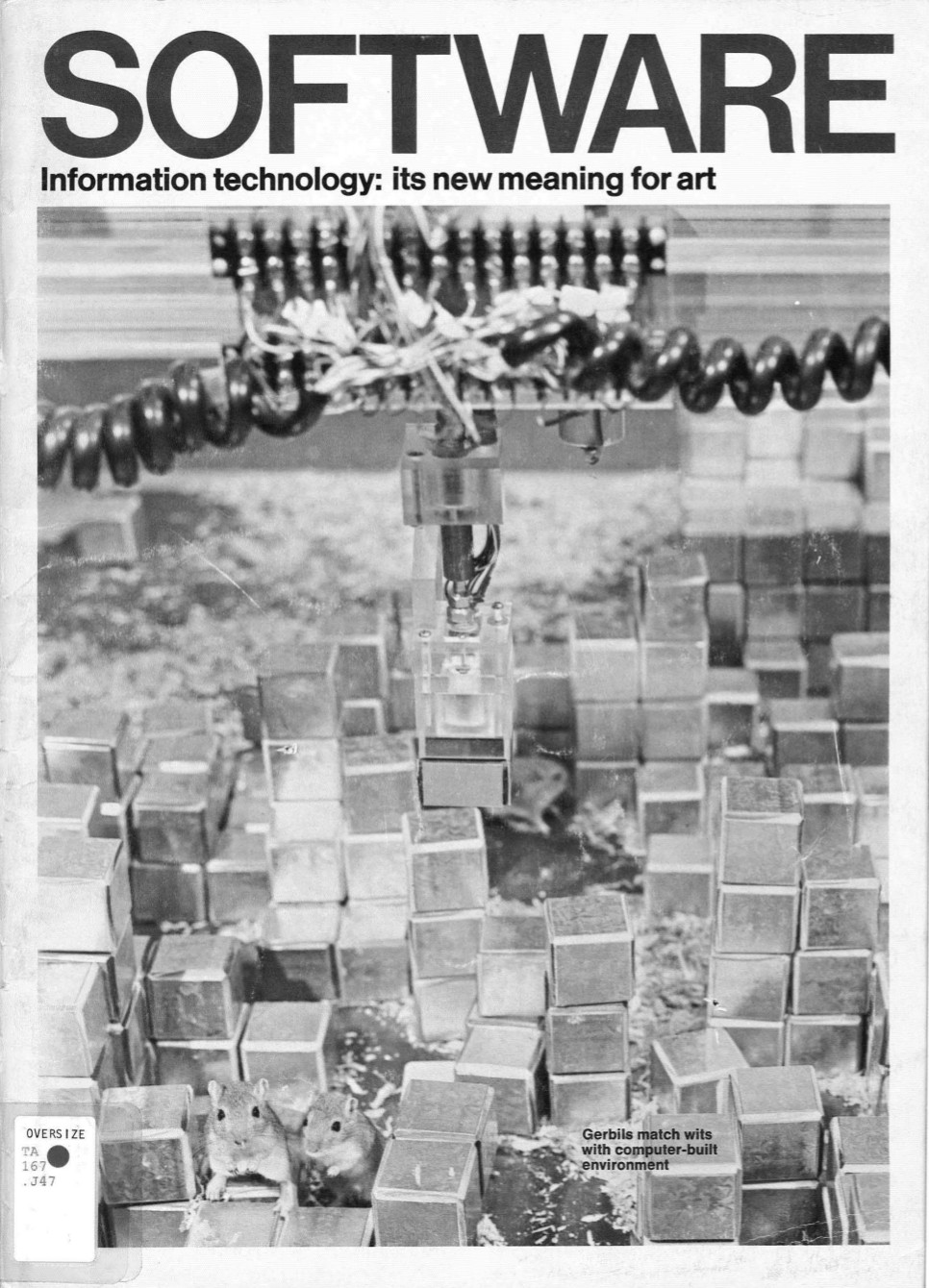Viktor Tausk: On the Origin of the “Influencing Machine” in Schizophrenia (1919/1933)
Filed under paper | Tags: · influencing machine, machine, psychiatry, psychoanalysis, schizophrenia

“On the Origin of the ‘Influencing Machine’ in Schizophrenia is a highly influential article written by psychoanalyst Viktor Tausk.
The paper describes Tausk’s observations and psychoanalytic interpretation of a type of paranoid delusion that occurs in patients diagnosed with schizophrenia. The delusion often involves their being influenced by a ‘diabolical machine’, just outside the technical understanding of the victim, that influences them from afar. It was typically believed to be operated by a group of people who were persecuting the individual, whom Tausk suggested were “to the best of my knowledge, almost exclusively of the male sex” and the persecutors, “predominantly physicians by whom the patient has been treated”.
These delusions are known in contemporary psychiatry as ‘passivity delusions’ or ‘passivity phenomena’ and are listed among Kurt Schneider’s ‘first rank’ symptoms which are thought to be particularly diagnostic of schizophrenia, and still form some of the core diagnostic criteria.” (from Wikipedia)
Originally published in the journal Internationale Zeitschrift für Psychoanalyse, 1919.
Translated from German by Dorian Feigenbaum
Published in Psychoanalytic Quarterly, 2, 1933, pp 519-556
Republished in Journal of Psychotherapy Practice and Research, Vol 1, No 2, Spring 1992, pp 184-206
Image courtesy Zoe Beloff
artwork by Zoe Beloff inspired by the case (2001)
animated video by Brooke Gladstone and Benjamin Arthur explaining the case (2011)
article by Christopher Turner (Cabinet, 2004)
Jean Clair, Harald Szeemann (eds.): The Bachelor Machines (1975) [DE/FR, IT/EN]
Filed under catalogue | Tags: · art, machine

A travelling exhibition interpreting Marcel Duchamp’s work The Bride Stripped Bare by Her Bachelors, Even, shown at Union-Centrale des Arts Décoratifs, Paris; Musée de l’Homme et de l’Industrie, Le Creusot; Konsthall Malmö; and Stedelijk Museum, Amsterdam.
With texts by Marc Le Bot, Bazon Brock, Michel Carrouges, Michel de Certeau, Jean Clair, Peter Gorsen, Gilbert Lascault, Jean-François Lyotard, Gunter Metken, Alain Montesse, René Radrizzani, Arturo Schwarz, Michel Serres, Harald Szeemann.
Publisher Alfieri, Venice, 1975
236 pages
Italian/English edition
Publisher Rizzoli International Publications, New York, 1975
ISBN 0847800199, 9780847800193
236 pages
WorldCat (DE/FR)
WorldCat (IT/EN)
Junggesellenmaschine / Les machines célibataires (German/French, 1975, 99 MB, added on 2019-12-6)
Le Macchine Celibi / The Bachelor Machines (Italian/English, 1975, 53 MB, no OCR, updated on 2019-12-6)
Software: Information Technology: Its New Meaning for Art, catalogue (1970)
Filed under catalogue | Tags: · art, computer art, computing, conceptual art, cybernetics, machine, software, software art

Software was a show curated by an artist and critic Jack Burnham for the Jewish Museum in Brooklyn, New York City, 16 September – 8 November 1970, and the Smithsonian Institution, Washington, D.C., 16 December 1970 – 14 February 1971. The show put together computers and conceptual artists, linking them through the idea of software as a process or a program to be carried out by a machine or, why not, by the audience based on “instruction lines” formulated by the artist.
Participating artists: Vito Acconci, David Antin, Architecture Group Machine M.I.T., John Baldessari, Robert Barry, Linda Berris, Donald Burgy, Paul Conly, Agnes Denes, Robert Duncan Enzmann, Carl Fernbach-Flarsheim, John Godyear, Hans Haacke, Douglas Huebler, Joseph Kosuth, Nam June Paik, Alex Razdow, Sonia Sheridan, Evander D. Schley, Theodosius Victoria, Laurence Weiner.
Catalogue coordinator Judith Benjamin Burnham
Publisher The Jewish Museum, 1970
71 pages
via Marina Noronha <3
more about the show (Monoskop wiki)
more about Jack Burnham (Monoskop wiki)
PDF (no OCR, black&white)
Comments (2)
